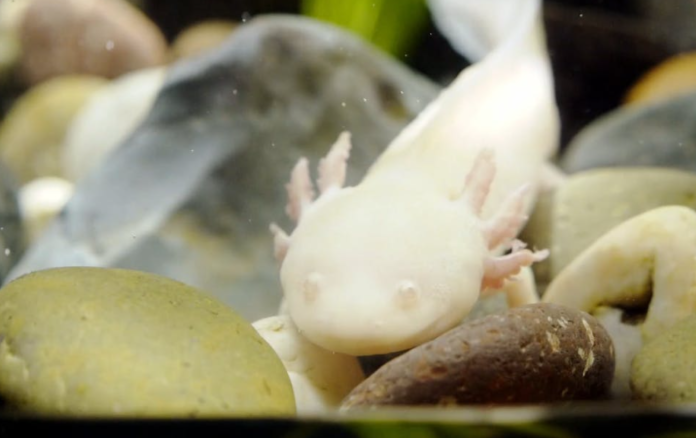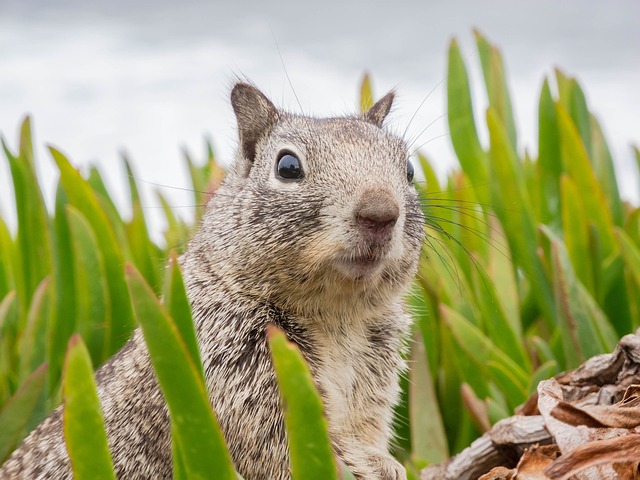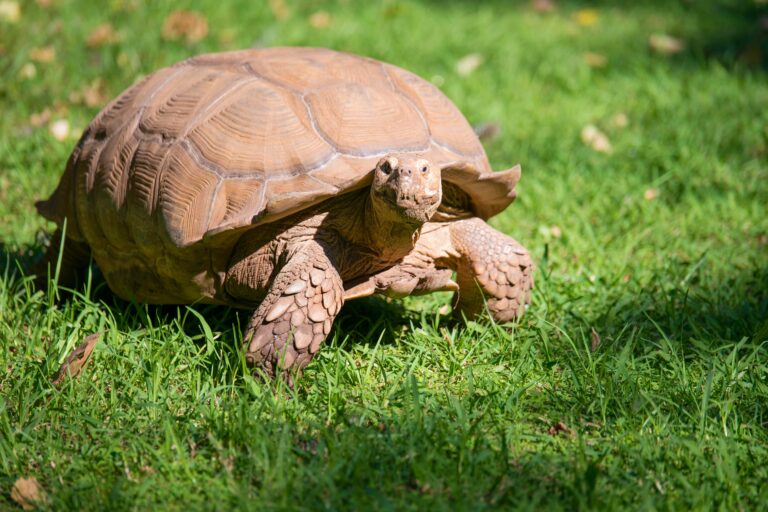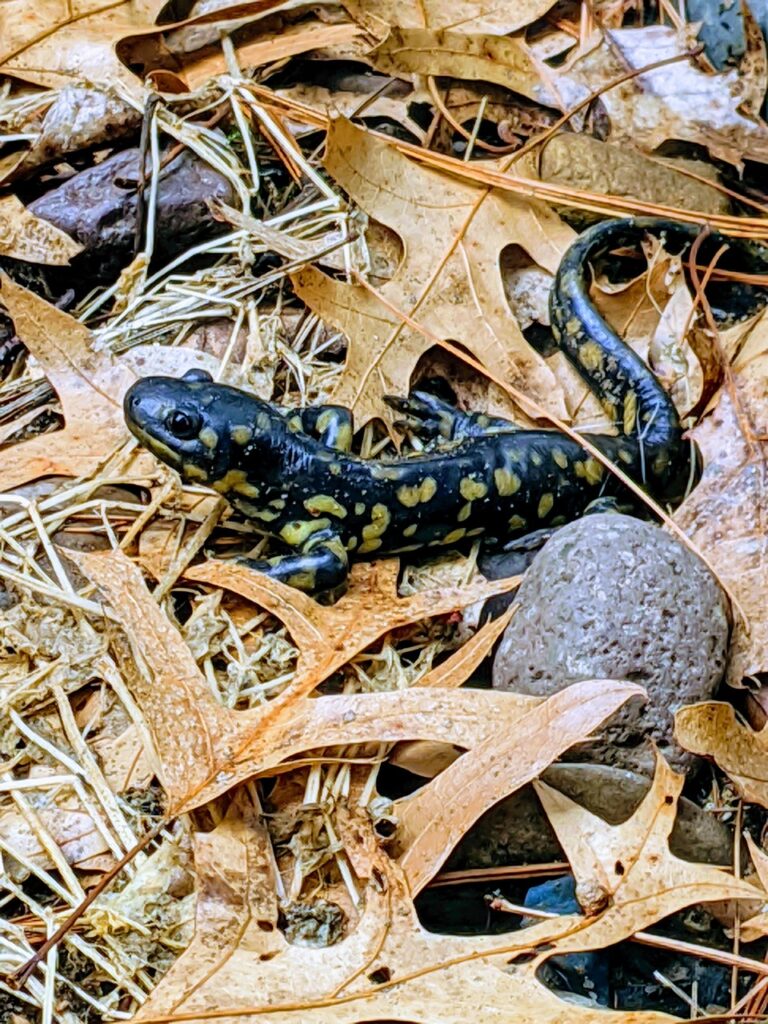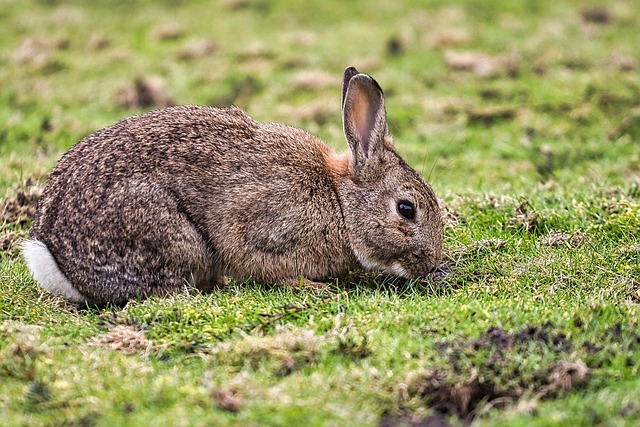Unleash the Wild Beauty: Dive into the Enchanting World of the Leopard Gecko!

Step into a world of wonder and enchantment as we explore the captivating beauty of the leopard gecko. With its unique patterns and stunning colors, this remarkable creature is a true testament to the wonders of nature. In this article, we will take a closer look at the leopard gecko, delving into its fascinating behavior, habitat, and care requirements.
From their charming personalities to their graceful movements, leopard geckos are truly captivating creatures. Whether you are a first-time pet owner or a seasoned reptile enthusiast, this article will provide you with all the information you need to create a thriving environment for your leopard gecko.
The natural habitat of Leopard Geckos
Leopard geckos are native to the arid regions of Afghanistan, Pakistan, and parts of India. They have adapted to live in rocky desert environments, where they spend their days hiding in crevices and emerging at night to hunt for food. These geckos prefer a dry and warm climate, with temperatures ranging from 85°F to 90°F during the day and slightly cooler temperatures at night.
To mimic their natural habitat, it is important to provide your leopard gecko with a suitable enclosure that replicates their desert environment. This can be achieved by using a glass terrarium with a secure lid to prevent escape. The terrarium should be spacious enough for your gecko to move around comfortably, with plenty of hiding spots, such as rocks and logs, to create a sense of security.
Maintaining the correct temperature and humidity levels is crucial for the health and well-being of your leopard gecko. A heat mat or ceramic heat emitter can be used to provide a warm basking spot, while a thermostat can help regulate the temperature. It is also important to provide a shallow water dish for your gecko to drink from and to maintain the humidity levels in the enclosure.
Understanding the characteristics and behavior of Leopard Geckos
Leopard geckos are known for their unique characteristics and behaviors. One of the most fascinating features of these geckos is their ability to shed their skin. As they grow, leopard geckos will shed their old skin in one piece, revealing a fresh and vibrant new layer underneath. This process, known as ecdysis, is essential for their growth and development.
In terms of behavior, leopard geckos are generally docile and easy to handle. They are not as skittish as some other reptiles and can become quite tame with regular interaction. However, it is important to approach them gently and avoid sudden movements to prevent stress or injury.
Leopard geckos are also known for their vocalizations. They can produce a variety of sounds, including chirping, barking, and squeaking. These vocalizations are used for communication, especially during courtship and territorial disputes.
Setting up the perfect habitat for your Leopard Gecko
Creating the perfect habitat for your leopard gecko is essential for their overall health and well-being. Start by selecting the right enclosure, which should be spacious enough to accommodate your gecko comfortably. A 20-gallon tank is typically recommended for a single leopard gecko, but larger enclosures are preferable if you have multiple geckos.
The enclosure should be well-ventilated, with a secure lid to prevent escape. Provide a variety of hiding spots, such as rocks, logs, and artificial caves, to create a sense of security for your gecko. These hiding spots not only provide shelter but also help regulate the temperature and humidity levels in the enclosure.
Maintaining the correct temperature and humidity levels is crucial for the health of your leopard gecko. The temperature should range from 85°F to 90°F during the day, with a slight drop at night. A heat mat or ceramic heat emitter can be used to provide a warm basking spot, while a thermostat can help regulate the temperature.
Leopard geckos require a diet that consists primarily of live insects. The main staple of their diet is crickets, but other suitable options include mealworms, waxworms, and dubia roaches. It is important to provide a varied diet to ensure your gecko receives all the necessary nutrients. Dusting the insects with calcium and vitamin supplements is also recommended to prevent nutritional deficiencies.
Handling and interacting with your Leopard Gecko
Leopard geckos are generally docile and can become quite tame with regular handling and interaction. However, it is important to approach them gently and avoid sudden movements to prevent stress or injury. Start by allowing your gecko to get used to your presence by placing your hand near them without making any sudden movements. Gradually introduce gentle handling, supporting their body and avoiding excessive pressure on their delicate skin.
It is also important to provide your leopard gecko with opportunities for mental stimulation and exercise. This can be achieved by providing climbing structures, such as branches or rocks, inside the enclosure. Regular supervised exploration outside of the enclosure can also be beneficial, allowing your gecko to explore new environments and stretch their legs.
Common health issues and how to care for a sick Leopard Gecko
Like any living creature, leopard geckos can experience health issues from time to time. It is important to monitor your gecko’s behavior and appearance for any signs of illness or distress. Common health issues in leopard geckos include shedding problems, parasites, respiratory infections, and metabolic bone disease.
If you notice any signs of illness, such as loss of appetite, weight loss, lethargy, or abnormalities in the skin or feces, it is important to seek veterinary care immediately. A reptile veterinarian will be able to diagnose and treat any health issues your gecko may have.
Breeding Leopard Geckos: Tips and considerations
Breeding leopard geckos can be a rewarding experience for reptile enthusiasts. However, it is important to understand the responsibilities and considerations involved in the breeding process. Breeding should only be undertaken if you have the necessary knowledge and resources to care for the offspring.
Leopard geckos reach sexual maturity at around 9 to 12 months of age. To encourage breeding, it is important to provide the geckos with the appropriate environmental conditions, including the correct temperature and humidity levels. Introduce a male and female gecko into a separate breeding enclosure and monitor their interactions closely.
If successful, the female gecko will lay eggs within a few weeks of mating. These eggs should be carefully incubated at the appropriate temperature and humidity levels to ensure successful hatching. It is important to research and understand the entire breeding process before attempting to breed leopard geckos.
Frequently asked questions about Leopard Geckos
- Can leopard geckos be housed together?
- While leopard geckos are generally solitary creatures, it is possible to house multiple geckos together if the enclosure is large enough and has plenty of hiding spots. However, it is important to monitor their interactions closely and be prepared to separate them if any aggression or territorial disputes occur.
- How often should I feed my leopard gecko?
- Leopard geckos should be fed every other day, with a variety of live insects such as crickets, mealworms, and dubia roaches. It is important to provide a balanced diet and dust the insects with calcium and vitamin supplements.
- How long do leopard geckos live?
- With proper care, leopard geckos can live for 10 to 20 years in captivity, making them a long-term commitment.
Conclusion: Embrace the beauty and wonder of owning a Leopard Gecko
In conclusion, leopard geckos are truly enchanting creatures that make fascinating pets. Their unique patterns, stunning colors, and charming personalities have captivated reptile enthusiasts around the world. By understanding their natural habitat, behavior, and care requirements, you can create the perfect environment for your leopard gecko to thrive.
Remember to provide a suitable enclosure with the correct temperature and humidity levels, offer a varied diet of live insects, and handle your gecko with care. Regular veterinary check-ups and monitoring for any signs of illness are also essential for maintaining the health and well-being of your gecko.
Embrace the beauty and wonder of owning a leopard gecko and embark on a wild adventure into their enchanting world. With the right knowledge and care, you can create a thriving environment for these mesmerizing creatures and enjoy the companionship of a truly unique pet. So grab your magnifying glass and join us as we unravel the mysteries of the stunning leopard gecko.
Must Read: Ultimate Guide for 10 Best Hideouts for Your Bearded Dragon

